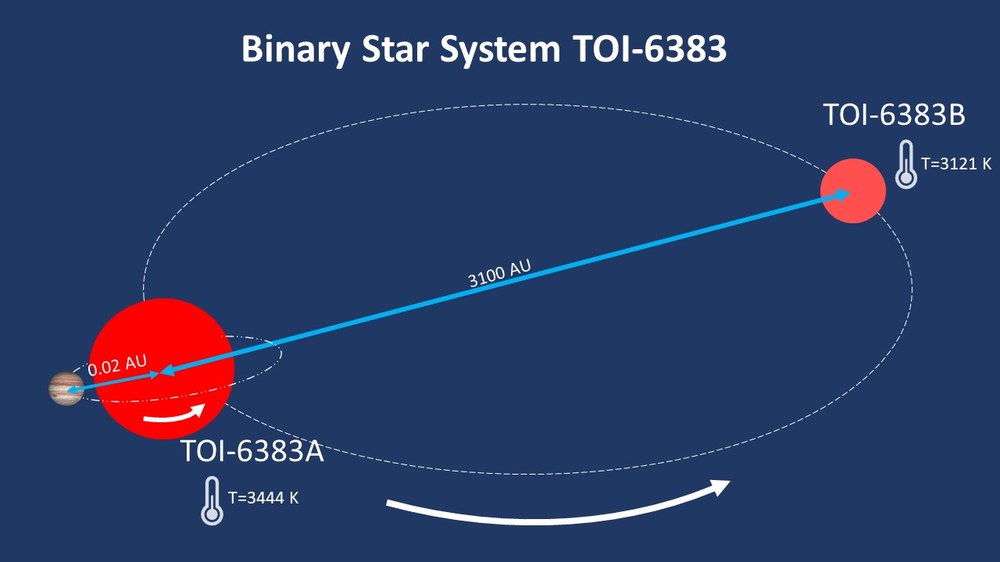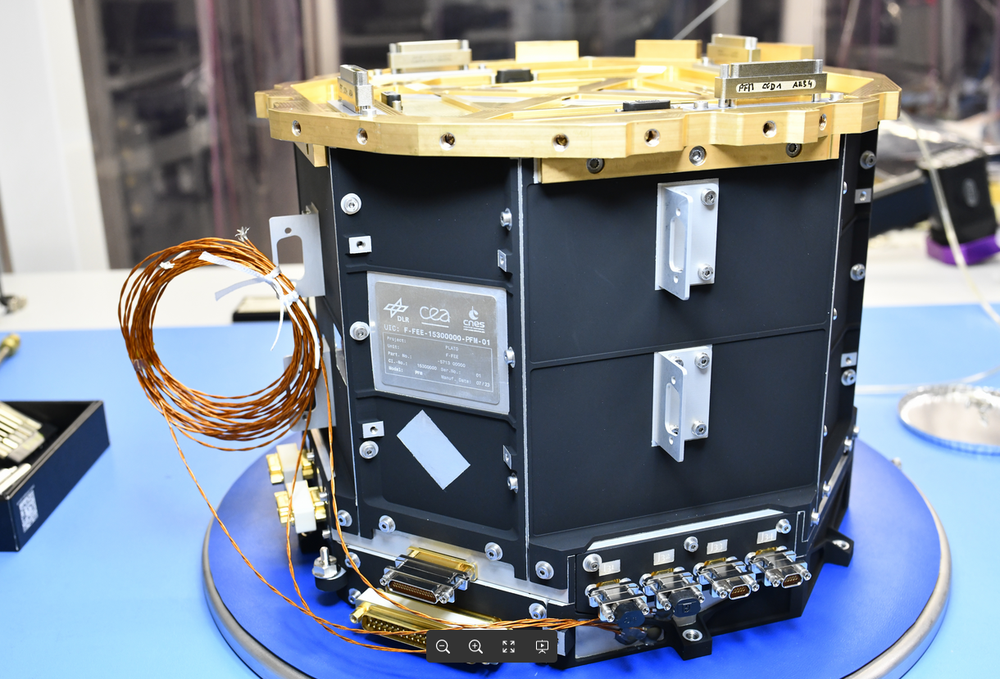Extrasolar Planets and Atmospheres



News from our department
Our Research
We search for extrasolar planets and determine their properties. We develop models that describe the atmospheres of the planets. We want to find out what makes a planet favourable to life. Through observations, either with space telescopes or with ground-based equipment, we can find out how planets in our solar system and beyond are structured, what materials they are made of, whether they have an atmosphere and what it consists of. We are developing new techniques, models and theories to understand the conditions for habitability and for remote sensing of biosignatures. We design and operate exoplanet space missions and exploit the acquired data.
Our Collaborations
- PLATO - PLAnetary Transits and Oscillations of Stars, ESA mission, launch date 2026, search for Earth-like planets in the habitable zone of their stars
- CHEOPS - CHaracterising ExOPlanet Satellite, current ESA mission to characterise known planetary systems
- NGTS - Next Generation Transit Survey, telescope facility with 12 telescopes in the Atacama Desert, search for Neptune-sized planets around cool dwarfs
- KESPRINT, cooperation to analyse exoplanets discovered by NASA's K2 and Tess missions
- LIFE - Large Interferometer For Exoplanets, ESA-Mission, future space telescope with direct imaging techniques to analyse planetary atmospheres
Our Competence
We have developed a state-of-the-art atmospheric climate-biogeochemical model for terrestrial planets (1D-TERRA) with photochemistry and unique air-shower physics.
We are international leaders in analysing extrasolar planetary data obtained with space telescopes.
We are developing a holistic modelling approach for different planets and exoplanets that complements 3D Earth and solar system modelling.
We have extensive experience in analysing observations used to determine the internal structure of a planet, such as the Love number.
We compare solar and extrasolar planets, especially the atmospheres of (early) Earth, Venus and Mars.
